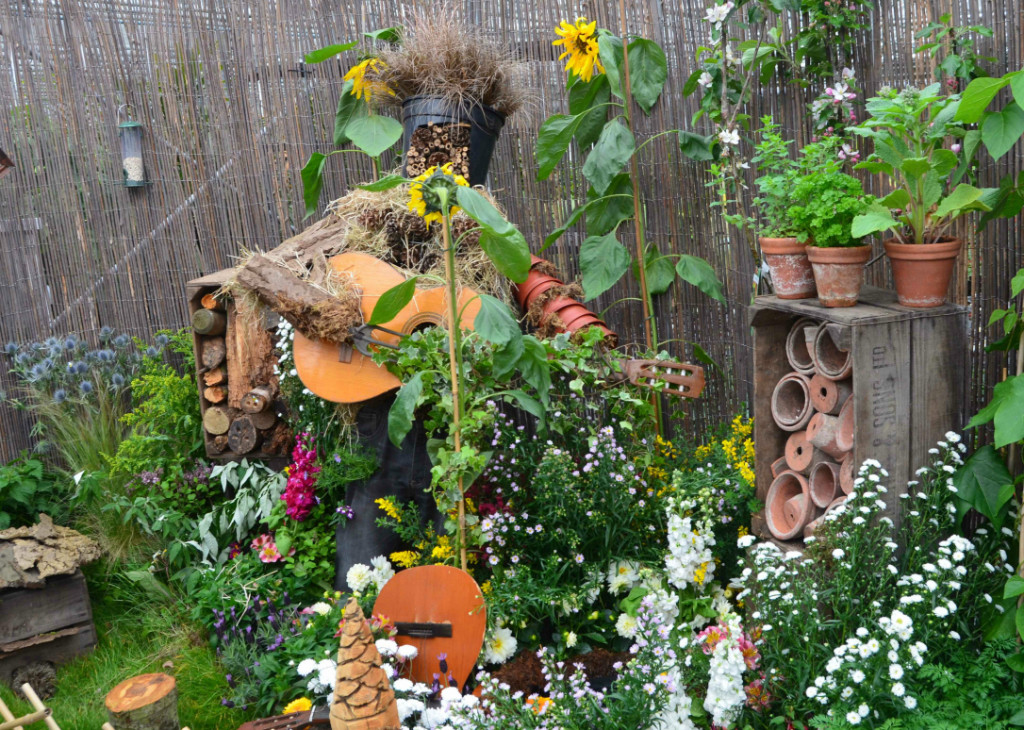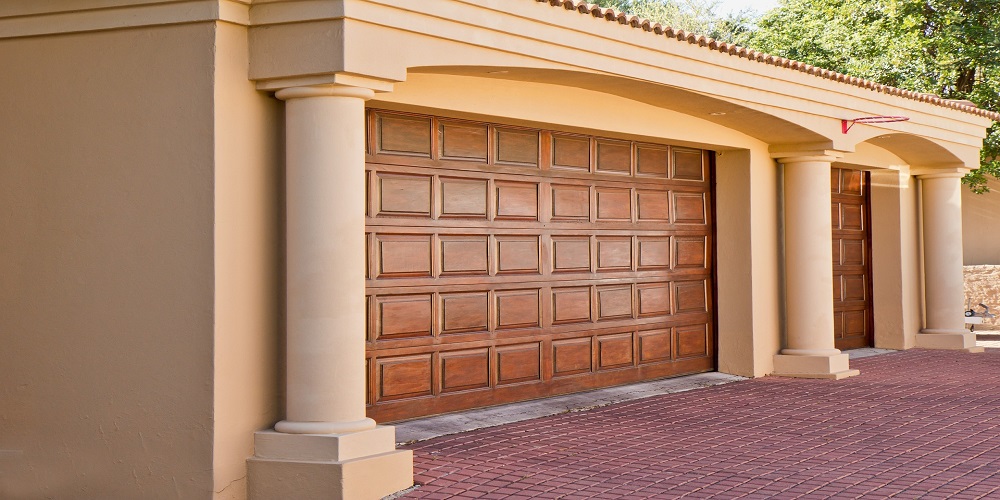How to Create a Nature Friendly Garden

Plants, water, crevices, and variety of habitats are the four basic ingredients of a nature-friendly garden. By adding a little bit of each, you’ll create an inviting haven for all kinds of creatures. Read on for tips to make your yard more nature-friendly. Here are some easy-to-implement ways to attract wildlife to your yard:
Plants
If you want to attract more wildlife to your garden, you should plant a variety of plants, including trees and shrubs that provide food and shelter. Plants with flowers are especially appealing to wildlife, and single flowering ones are best. Insects also need a certain type of flower, so choose bee-friendly varieties if you’re interested in attracting hummingbirds, butterflies, and birds. Don’t forget water, too. Include bird baths and bowls to provide fresh water for wildlife during periods of drought.
Water
Providing a fresh source of water is essential for many species of wildlife. Create a pond in your garden to attract insects and wildlife. Place a few pond plants in the garden for a variety of animals to visit. Add some waterlilies to the pond for a more natural feel. Another way to provide wildlife with water is by creating different levels in your garden. Plant blackberry, gooseberry, and redcurrant plants. They will fill in the shrub layer, providing food for pollinators.
Crevices
A small crevice garden was intentionally built with mounded soil and thin flat rocks pitched almost vertically. Planting niches were created using alpines like Lewisia x pygmaea and Draba sp. In another narrow crevice, a small Androsace darvasica was planted. A mat forming plant like Azorella trifurcata ‘Nana’ stabilized the soil.
Variety of habitats
If you’re attempting to attract more wildlife to your property, you should create a wildlife-friendly garden. Creating an environment where certain species can thrive is an excellent way to provide them with food, shelter, and water. Adding flowering plants, bird feeders, and den trees are great ways to encourage the presence of different types of wildlife. Birdhouses are also beneficial to many species, as they offer nesting and roosting sites. And, of course, adding water features will attract a variety of insect and bird species.
Bird houses
If you want to provide a home for the small creatures that frequent your garden, one way is to make a bird house. You can also use PVC pipe as a birdhouse. Cut the pipe into different sizes and place them vertically or horizontally on a branch. You can even drill a hole in the middle so that the birds can enter the house. Be sure to use dark colors, as they may be unappealing to the birds.
Natural looking clumps
The best way to attract wildlife to your landscape is to use native plants and clumps of flowers. Plants with a variety of bloom times attract different kinds of wildlife and insects, and they can help support your local ecosystem. Choose flowers that are native to your area and have single or double blooms. Be sure to consider the local pollinators, too, and look for bee-friendly plants and purple flowers. Make sure that you provide your wildlife with water, and if possible, bird baths or bowls in case of dry spells.
Natural looking hedgerows
If you’re planning to install a nature friendly garden, you’ll want to create a wildlife-friendly hedgerow. While it might sound complicated, there are several important things you should consider before planting a hedgerow, including climate, soil and microclimate. Native plants are the best choice for hedgerows, because they’ve evolved alongside local wildlife. This will benefit both you and the wildlife in your garden.
Native North American flowers
Planting native plants in your garden is a great way to support your local ecosystem while at the same time improving your personal health. These plants thrive in a variety of environmental conditions, including sun exposure, soil, and climate. Native plants have adapted to their local habitat and require less care and attention than non-native plants. This is due to the fact that nature has already adapted the climate to the local plant species. Native plants will naturally require less watering and pest protection, so you’ll only need to provide the right amount of light and protect them from insect and disease.
Bee-friendly plants
Among the many benefits of making a nature-friendly garden are its ability to attract a variety of pollinating insects. For this reason, establishing a bee-friendly garden is an excellent way to attract more bees to your yard. Listed below are some of the most important plants that attract bees. In addition to flowers, you can plant a variety of perennials, shrubs, and trees to create a hive-like environment for bees.








